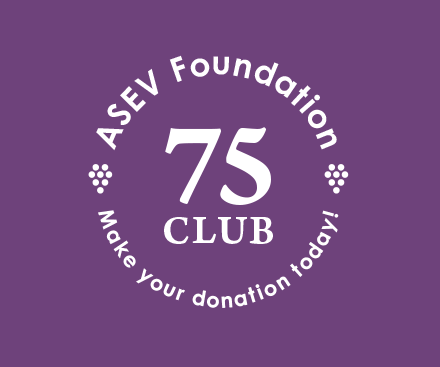Abstract
The effect of pruning severity (3-51 nodes retained per meter of row), training method (Hudson River Umbrella or Geneva Double Curtain), and shoot positioning on the radiation microclimate of Concord grapevines was investigated at Hector, New York. Basal leaf illuminance was improved early in the season by canopy division and low shoot density; after flowering, the major effect was of shoot positioning. Generally, the light climate of individual leaves changed with growth of the vine during the season, but was most consistent for undivided canopies of high shoot density and after shoot positioning.
Typically, there was poor correlation of illuminance between adjacent individual leaves on a shoot, an expression of the ability of individual leaves to optimize their radiation microclimate. Axillary buds showed a reduced range of illuminance compared to the subtending leaves. Measurements of leaf aspect and inclination showed a preference for angle of about 45° to the horizon and to face the region of maximum illuminance — that is, the inter-row area.
Leaves in the canopy interior receive levels of photosynthetically active radiation (PAR) up to 1/100 of that of exterior leaves, and the proportion of 660 nm/730 nm radiation is also decreased to 1/10. Exterior leaves experience a relatively constant 660 nm/730 nm ratio independent of cloud cover, but PAR levels may drop to less than 50% with cloud cover.
- Received August 1981.
- Revision received January 1982.
- Accepted January 1982.
- Published online January 1982
- Copyright 1982 by the American Society for Enology and Viticulture
Sign in for ASEV members
ASEV Members, please sign in at ASEV to access the journal online.
Sign in for Institutional and Non-member Subscribers
Log in using your username and password
Pay Per Article - You may access this article (from the computer you are currently using) for 2 day for US$10.00
Regain Access - You can regain access to a recent Pay per Article purchase if your access period has not yet expired.









